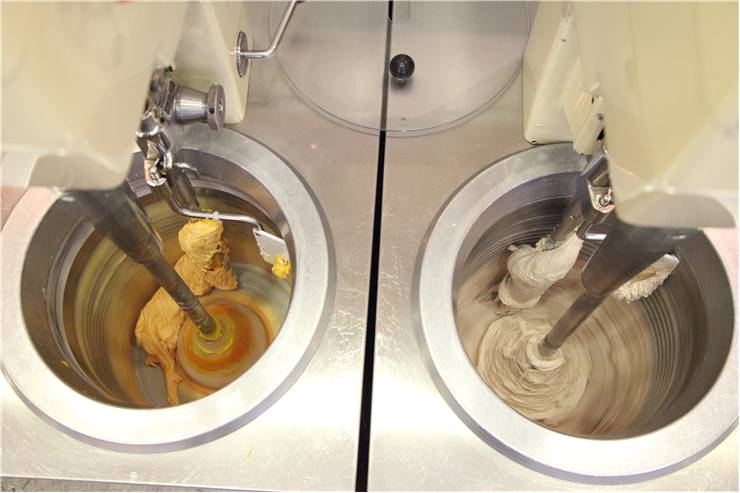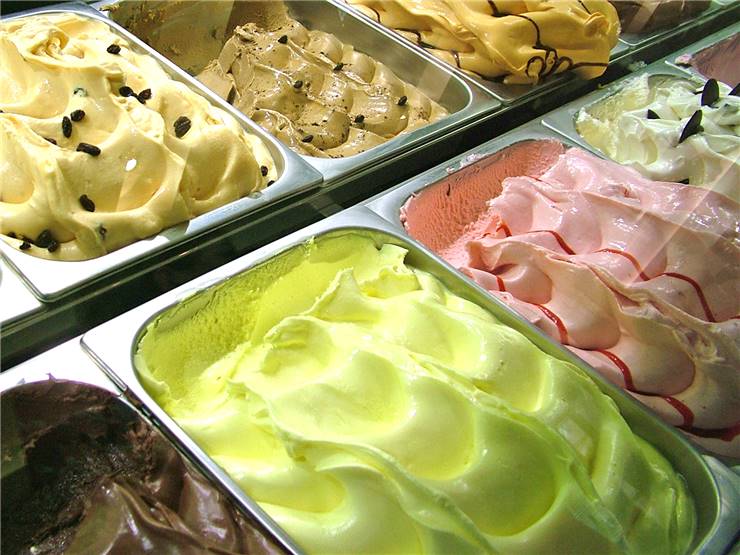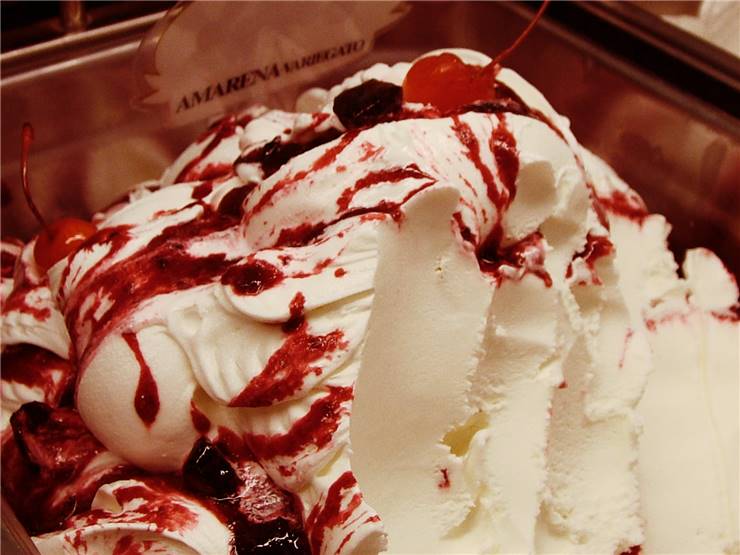How Ice Cream is Made?
After many centuries and millennia’s in our presence, ice cream and other cold deserts went through thousand changes. As our eating fashion, access to raw materials, ingredients and refrigeration technology advanced through the centuries, ice cream went from simple recipes that really used ice to the modern milk based recipe that we all know and love today.
Before modern technologies and industrial manufacturing enabled ice cream to become instantly available to everyone, this cold treat was one of the most complicated to make and very expensive cold treats. Because real ice was the basis of those ice creams and electrical refrigeration was nonexistent, for over 2000 years ice cream was viewed as a symbol of status, wealth and high social position. Two and a half millennia ago, Persians started eating ice cream that was made from ice shavings and grape juice. As time went by, they started freezing rose water, and adding many new fruit-based toppings onto it. This recipe formula continued to live in Europe through rise and fall of Roman Empire, and remained relatively unchanged for more than 1000 years. This changed in 13th century when Italian explorer Marco Polo returned to Europe, bringing with him recipe of milk-based ice cream that he saw in China. This event marked the beginning of the modern ice cream history, and ever since then ice creams became more and more popular. Arrival of electrical refrigeration and industrial manufacture enabled quick expansion of the ice cream around the world, especially during Prohibition, rise of the Hollywood movies, and after World War II when American ice cream was sent to Europe as a part of military rations for the Allied troops.

Modern ice cream is produced from following raw materials:
- Dairy products (milk, cream, butterfat)
- Sugar
- Flavorings
- Approved additives that prevent creation of ice crystals during production process
- Eggs
- Air, which improves ace creams ability to absorb flavoring and removes the feeling of overy soggy and heavy material.
Production steps:
1. Initial mixing of materials, pasteurizing (heating at high temperature to kill of any harmful bacteria) and homogenizing (thorough mixing of the cream in attempt to break down any fat globules until the mixture is perfectly smooth and uniform).
2. After the addition of flavors, colors and fruit purees, mix is left to stand for around four hours to cool down.
3. Special barrel freezer machine then takes the mix and gradually freezes only one part of the water crystals making the mix harder. During the same time, machine also pumps clean air into the ice cream, which by the end will hold over 50% of the ice cream volume. Without that air in its structure, ice cream would be hard as an ice cube.
4. Semi frozen mixture is then introduced with the final mix of toppings, such as fruits, nuts, sweets or biscuit mix.
5. At the end, ice cream is packaged and blast-frozen to the temperature between -30 and -40 degrees Celsius.



